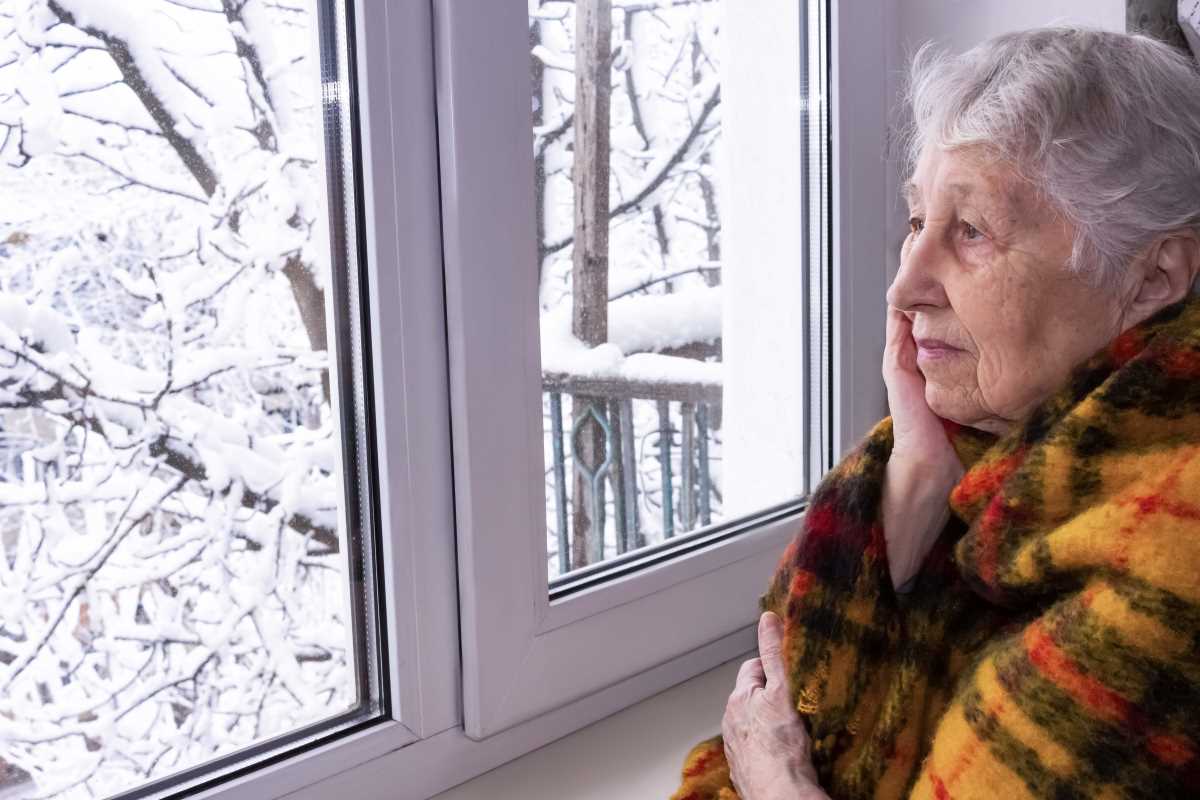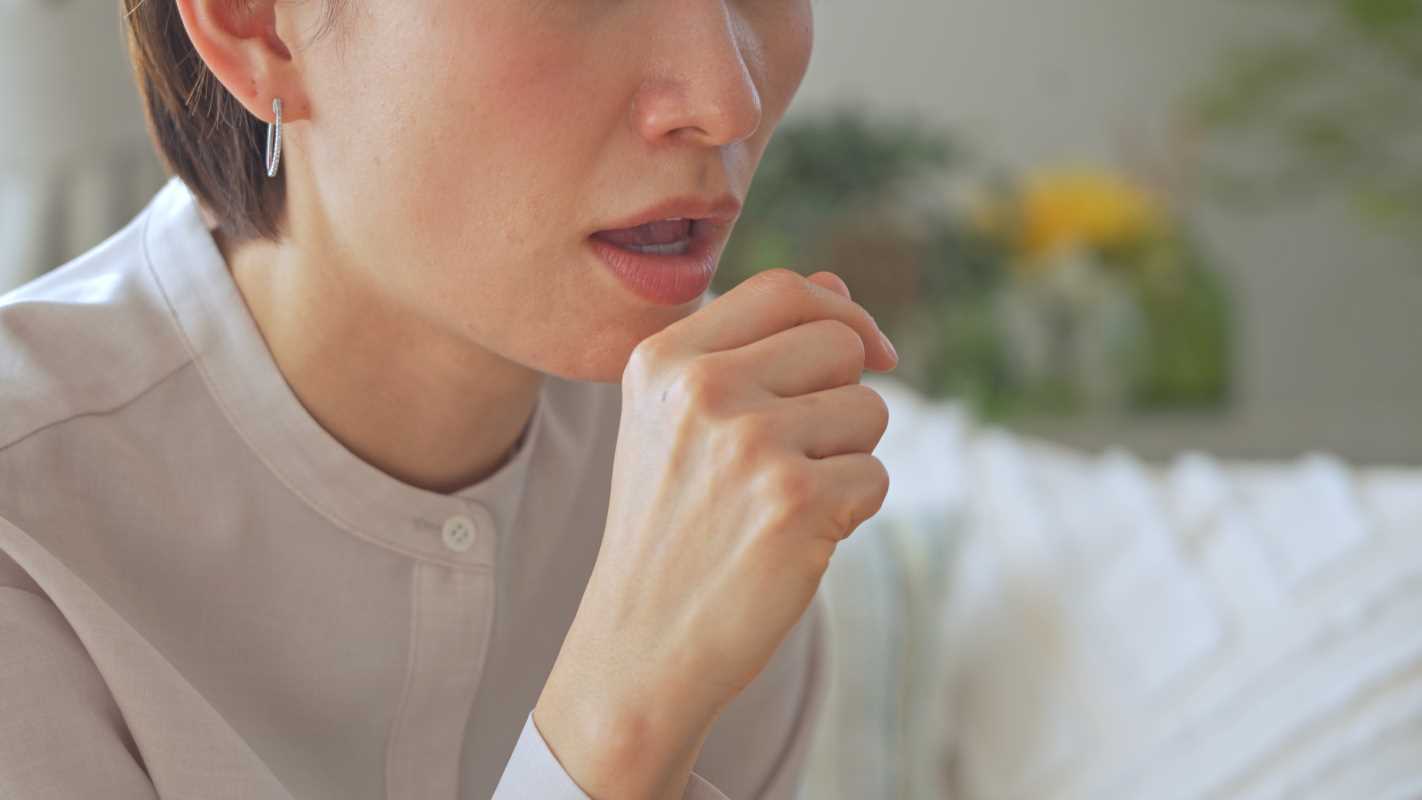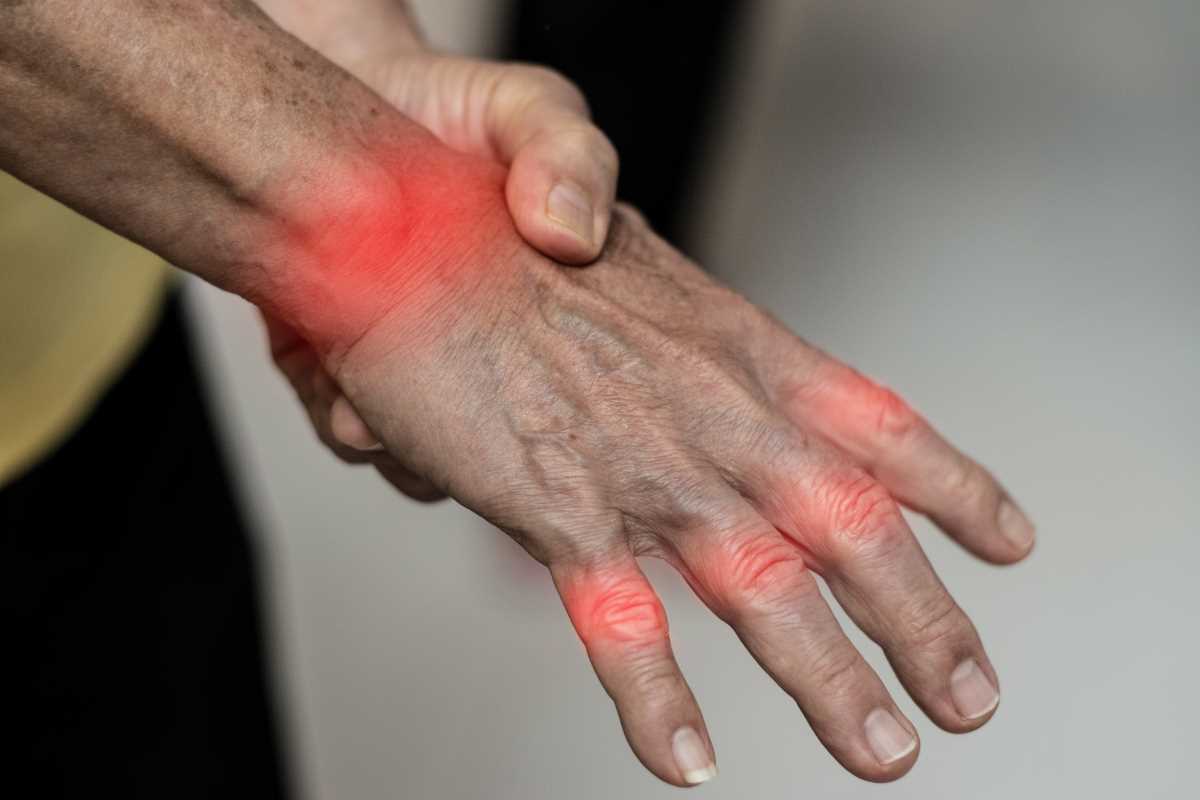Seasonal Affective Disorder (SAD) is a type of depression that occurs at specific times of the year, most commonly during the fall and winter months when daylight hours are shorter. This condition affects individuals living in regions with limited sunlight, leading to a variety of emotional and physical symptoms. Understanding SAD is crucial for those who experience it, as well as for their families and communities, to ensure proper support and treatment.
The lack of natural light can significantly impact mental health in sun-deprived regions. The reduced exposure to sunlight disrupts the body’s internal clock and affects the balance of certain brain chemicals, contributing to symptoms of depression. Recognizing the signs of SAD and knowing the available treatment options can help individuals manage their condition effectively.
What is Seasonal Affective Disorder?
Seasonal Affective Disorder is a form of major depressive disorder that exhibits a seasonal pattern. Unlike other types of depression, SAD is directly influenced by changes in seasons, typically emerging during the late fall and continuing into the winter months. The condition tends to subside during the spring and summer when daylight hours increase, providing relief from the depressive symptoms.
SAD is characterized by feelings of hopelessness, loss of interest in activities, and a general lack of energy. These symptoms can interfere with daily functioning and overall quality of life. While the exact cause of SAD is not fully understood, it is believed to be related to reduced sunlight levels affecting the body’s biological clock and decreasing the production of serotonin and melatonin.
Causes and Risk Factors
Several factors contribute to the development of Seasonal Affective Disorder. Understanding these causes and recognizing the risk factors can help in early detection and management of the condition.
- Geographical Location: Living far from the equator increases the risk due to longer periods of darkness in winter.
- Family History: A family history of depression or SAD can predispose individuals to the disorder.
- Age: SAD typically begins in young adulthood but can occur at any age.
- Gender: Women are more likely to develop SAD than men.
- Circadian Rhythm Disruptions: Irregular sleep patterns and irregular internal clocks can increase susceptibility.
Symptoms and Diagnostic Criteria
Identifying symptoms of Seasonal Affective Disorder is essential for timely diagnosis and treatment. Common symptoms include persistent low mood, loss of interest in previously enjoyable activities, changes in appetite or weight, difficulty concentrating, and feelings of fatigue or low energy.
Diagnosis of SAD typically involves a comprehensive evaluation by a mental health professional. This may include a clinical interview, assessment of symptoms, and consideration of the timing of the depressive episodes. Seasonal patterns are a key factor in distinguishing SAD from other forms of depression.
Treatment Options and Management
Managing Seasonal Affective Disorder effectively often requires a combination of treatments tailored to the individual’s needs. Several approaches have been shown to alleviate the symptoms of SAD.
- Light Therapy: Exposure to bright artificial light, often through a light therapy box, can help regulate the body’s circadian rhythms and improve mood.
- Psychotherapy: Cognitive-behavioral therapy (CBT) can help individuals develop coping strategies and address negative thought patterns associated with depression.
- Medications: Antidepressants, particularly selective serotonin reuptake inhibitors (SSRIs), may be prescribed to manage depressive symptoms.
- Lifestyle Modifications: Incorporating regular exercise, maintaining a healthy diet, and ensuring adequate sleep can support overall mental health.
- Vitamin D Supplements: Since sunlight exposure affects vitamin D levels, supplements may help mitigate some symptoms of SAD.
Impact on Sun-Deprived Regions
Sun-deprived regions face unique challenges that can exacerbate Seasonal Affective Disorder among their populations. The extended periods of darkness during winter months mean that many residents experience reduced exposure to natural light, which is critical for maintaining mental well-being.
The lack of sunlight affects individual health and community dynamics. Decreased daylight can lead to lower overall productivity, increased absenteeism in workplaces and schools, and a general decline in community engagement. Addressing these challenges requires a multifaceted approach that includes public health initiatives, community support systems, and increased awareness about SAD.
Seasonal Affective Disorder is a significant mental health concern in regions with limited sunlight. By understanding its causes, recognizing the symptoms, and seeking appropriate treatment, individuals can effectively manage SAD and improve their quality of life. Communities and healthcare providers are vital in supporting those affected and promoting mental well-being during the darker months.







